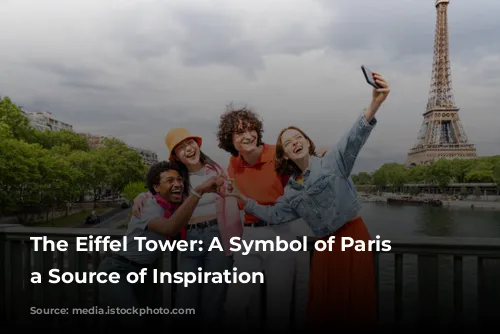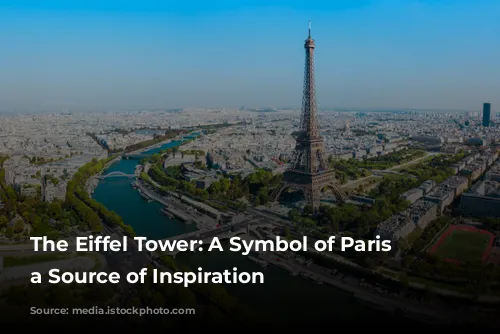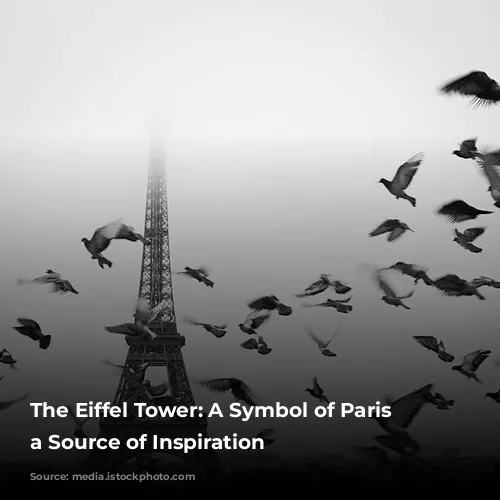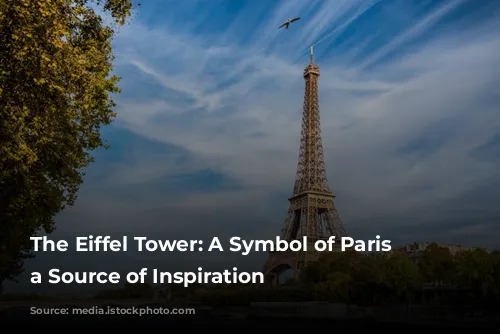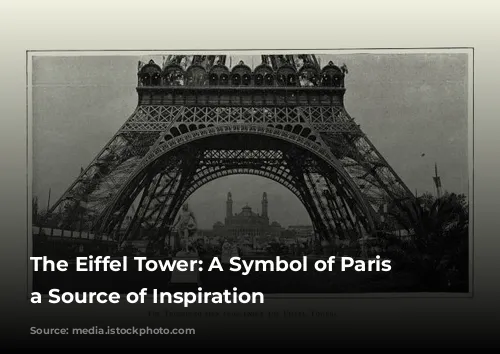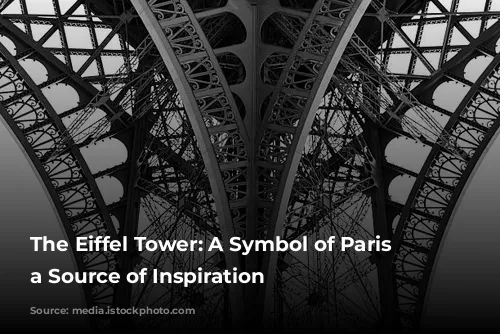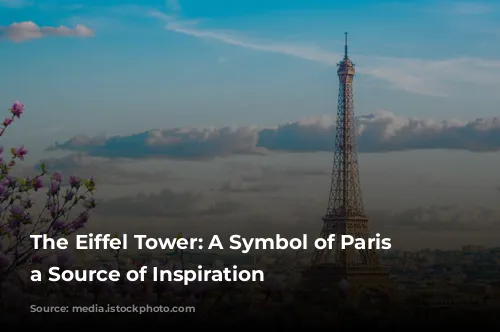The Eiffel Tower stands tall as a beacon of Paris and France, its iconic silhouette recognizable around the globe. The mere mention of its name evokes dreams and aspirations, drawing artists and filmmakers to capture its grandeur in their works. From movies and documentaries to photographs and paintings, the Eiffel Tower inspires countless creative expressions.

Beyond the Image: Capturing the Eiffel Tower’s Magic
The Eiffel Tower isn’t just a symbol of artistic inspiration; it’s a public space accessible to all. Its image graces countless objects, each reflecting the magic and beauty it represents. Capturing the Eiffel Tower’s essence on film, however, requires a deeper understanding of the conditions of use governing its image and brand.
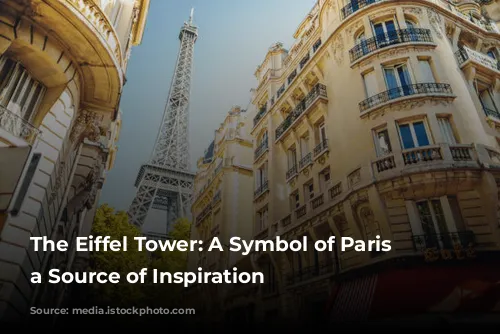
Filming the Eiffel Tower: A Collaborative Process
Filming the Eiffel Tower is a process that requires careful consideration and collaboration. The dedicated Eiffel Tower team works closely with filmmakers to ensure that every project aligns with the monument’s specifications and aesthetic integrity. Whether capturing the iconic structure during the day or at night, the team aims to provide a seamless and rewarding filming experience while safeguarding the tower’s unique character.
Views of Paris from the Tower
- Two levels offer adjustable viewing heights: 57 meters and 116 meters.
- A variety of spaces are available for filming, including the forecourt, floors, and areas not open to the public.
The team evaluates each project individually, ensuring that the technical and artistic requirements of the production are met while offering a fair rate for each operation. The illuminations that adorn the Eiffel Tower at night are protected, so image rights apply accordingly.
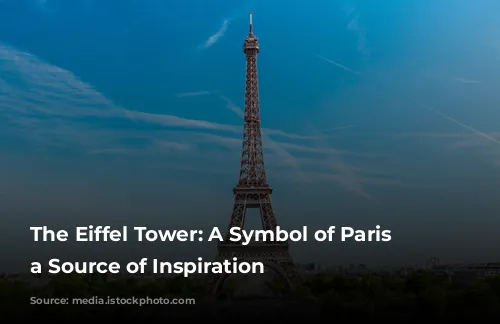
Filming Permissions and Conditions
Are you a journalist covering a report on the Eiffel Tower or a current event related to the monument? The Eiffel Tower welcomes filming during both day and night, prioritizing filming locations that minimize disruption to the public and the tower’s operations.
Here are some key considerations for filming:
- A dedicated service lift connects the ground level and the second floor.
- Technical solutions and safety regulations are thoroughly reviewed during a preparation stage.
- Extending the illumination time is possible on a case-by-case basis.
- Parking for vehicles is permitted on Avenue Gustave Eiffel for unloading, but vehicles must be relocated promptly.
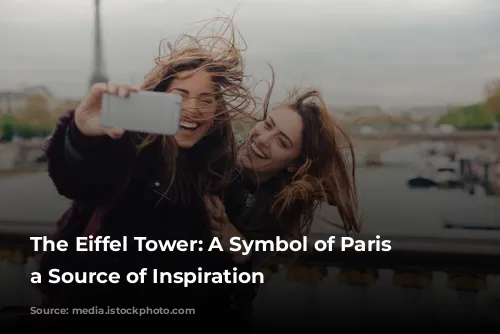
Image Rights and Brand Usage
The image of the Eiffel Tower during the day falls within the public domain, meaning it can be reproduced without prior authorization from the SETE, the company responsible for managing the Eiffel Tower’s image on behalf of the City of Paris. However, the various illuminations of the Eiffel Tower, including the golden illumination, twinkling lights, and event lighting, are protected. Therefore, using the Eiffel Tower’s image at night requires prior authorization from the SETE and payment of rights, with the amount determined based on factors such as the intended use and media plan.
Views of the Eiffel Tower taken by individuals for personal use do not require prior approval. However, professionals must contact the Eiffel Tower team for information on the conditions of use governing images.

Protecting the Eiffel Tower Brand
“The Eiffel Tower” is a trademark and protected by trademark rights. Any products using this reference must follow a licensing agreement negotiated on a case-by-case basis.
Do you have a question about using the Eiffel Tower brand? The Eiffel Tower team is happy to answer your questions and guide you through the process.
